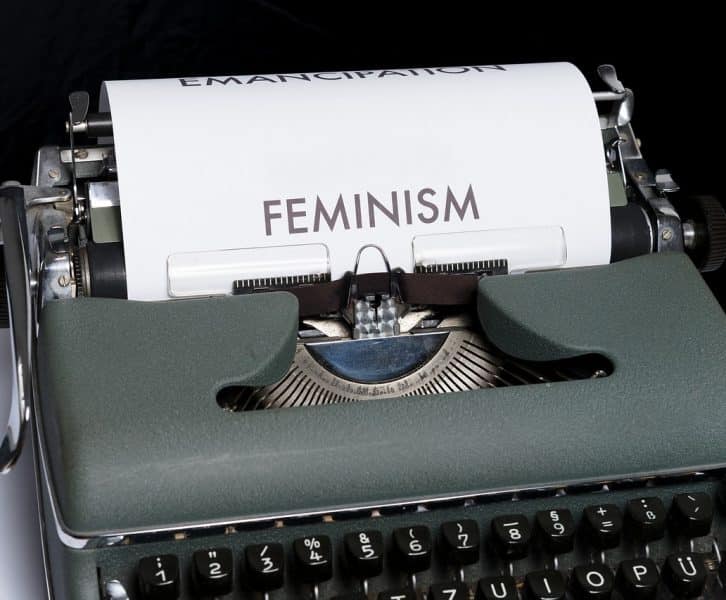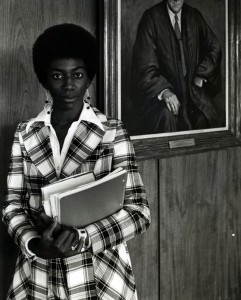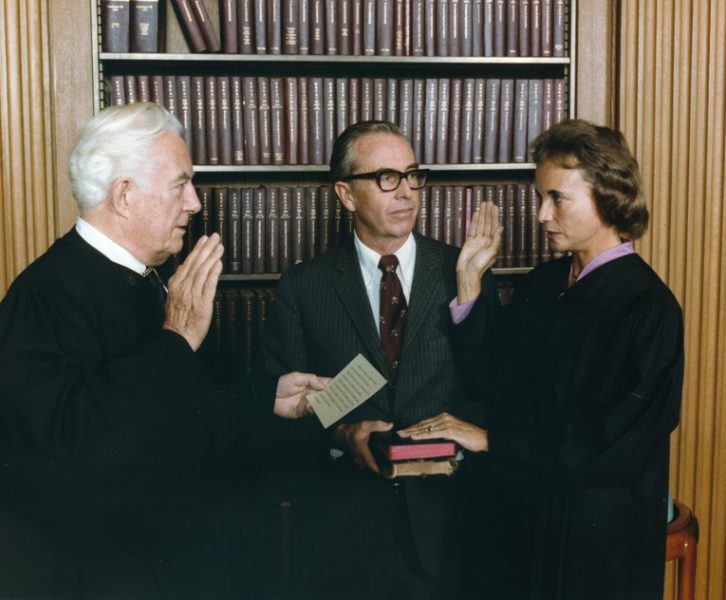This guest post was written by a student from GirlSpring’s Carmel High School in Carmel, Indiana.
By: Makenna Moon
In the tangled threads of societal gaze,
Women stand, caught in the peculiar maze.
Society’s words, like wayward winds, they blow,
In strange whispers that only they know.
“Sweetheart,” they say, with a condescending grin,
Reducing her essence, as if she’s but thin.
Their gaze, a touch too lingering, a stare too long,
Yet she’s told to endure it, to play along.
“Boys will be boys,” they murmur in jest,
As if excuses absolve the words they’ve pressed.
But she feels the weight, the discomfort, the sting,
In the strange language they’re so quick to fling.
“Take it as a compliment,” they chime,
As if she’s meant to savor each unwelcome rhyme.
But beneath the surface, a fire ignites,
A rebellion against these societal rifes.
For what is normal in this twisted charade,
Where woman’s worth is weighted and displayed?
She refuses to accept, to silently acquiesce,
To the strange ways she’s told to address.
In her defiance, a revolution blooms,
A chorus of voices dispelling the gloom.
No more whispers, no more strange refrain,
For in her strength, she finds her domain.







